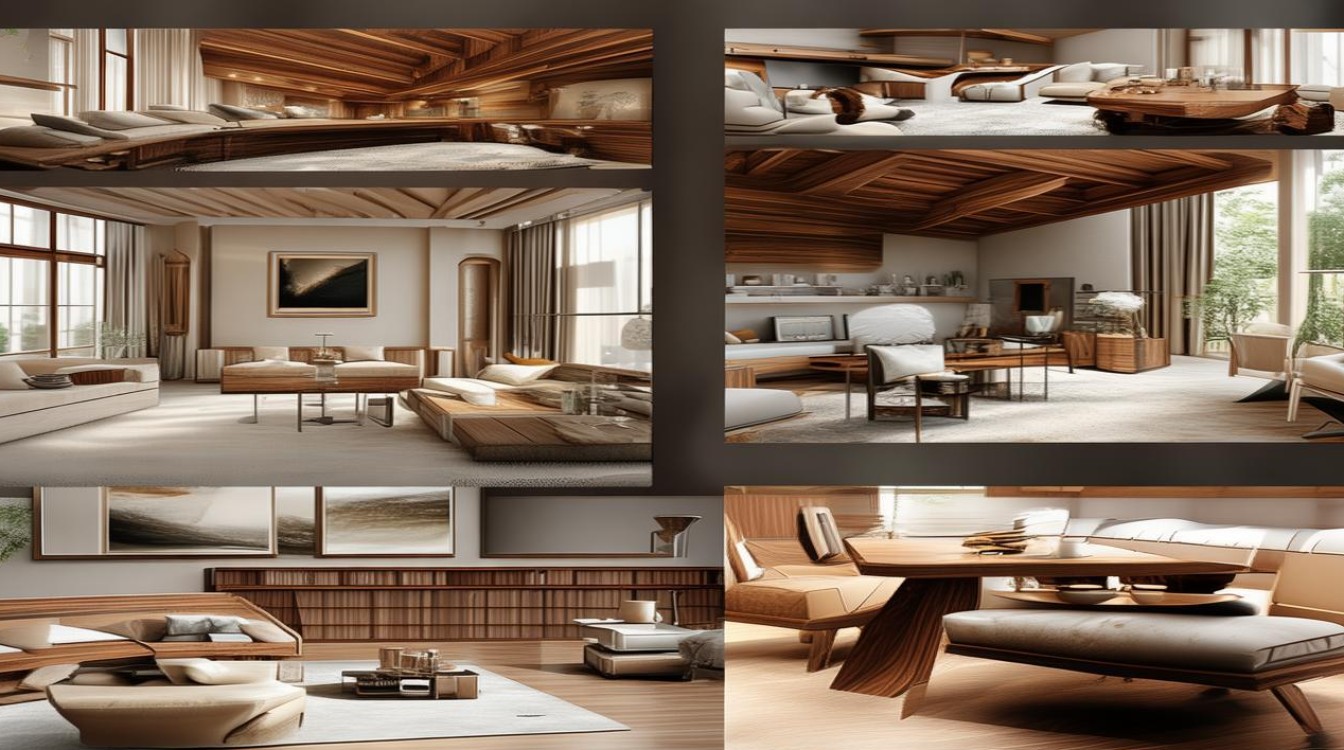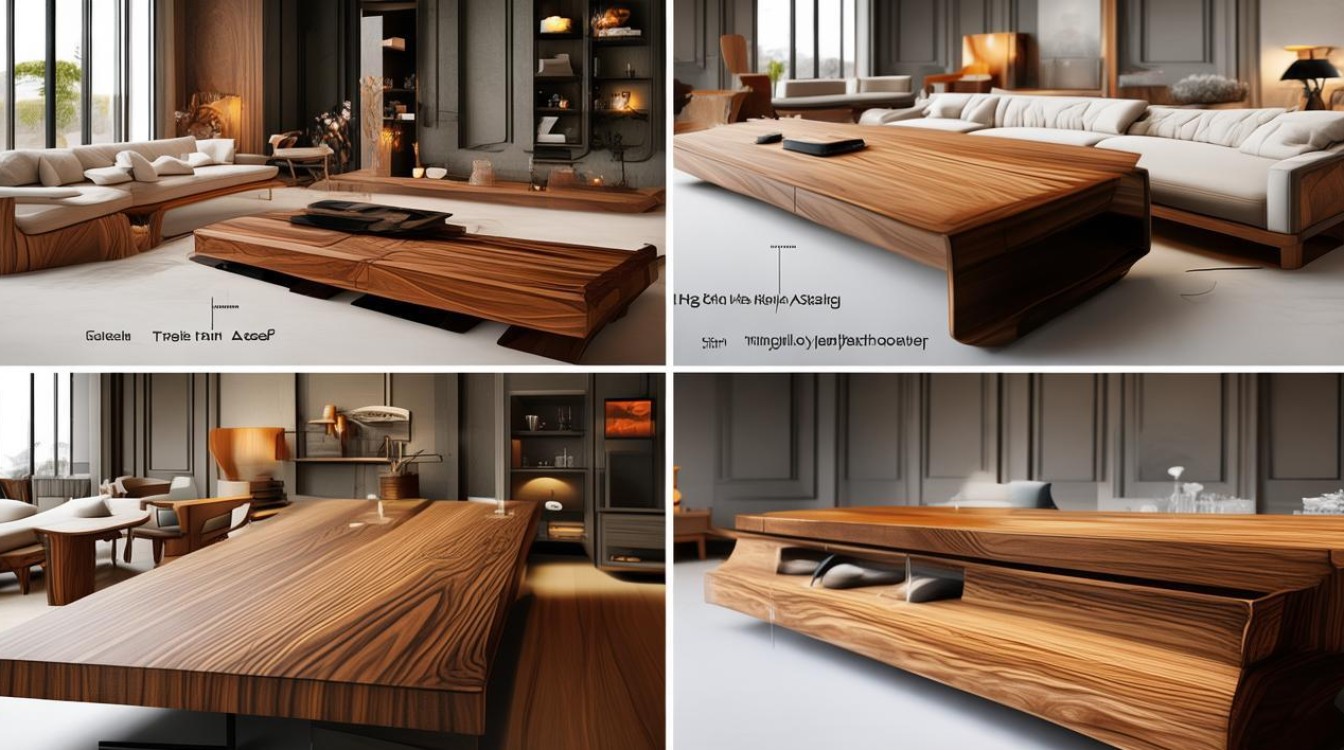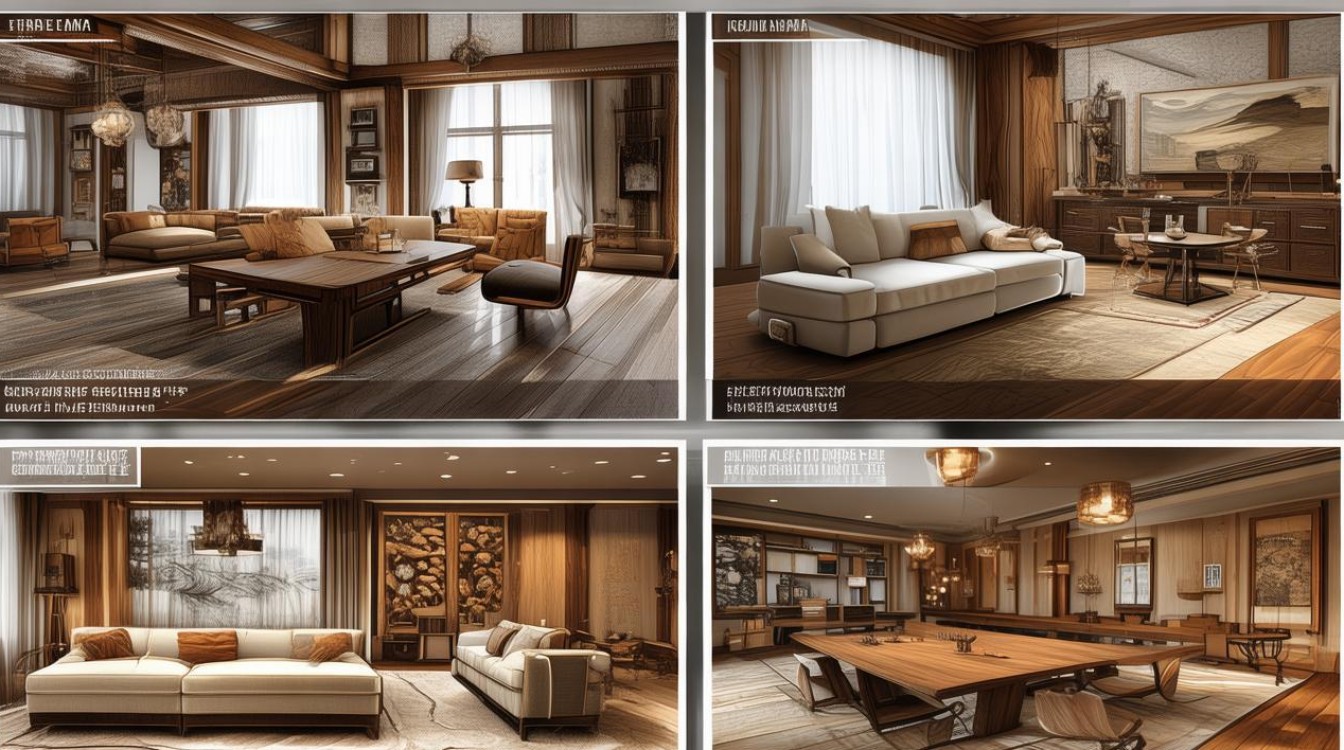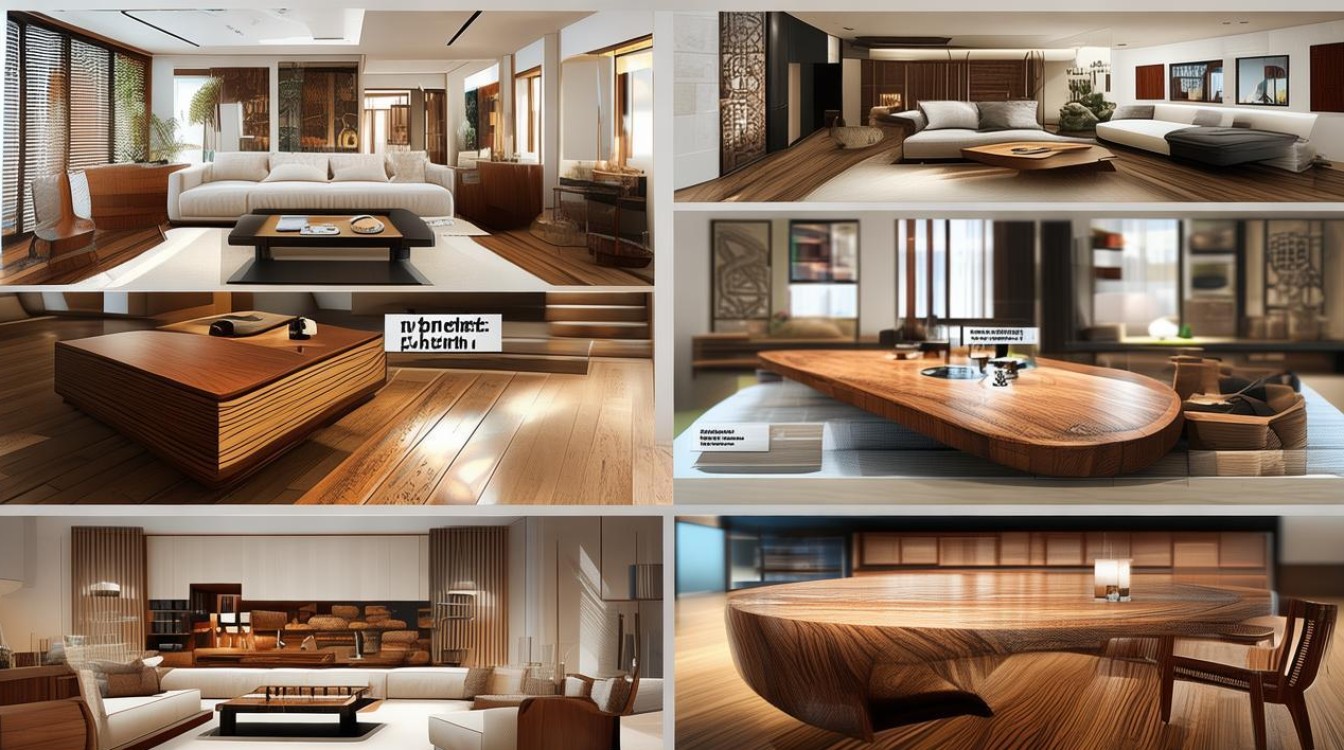Furniture has always played a vital role in human civilization, evolving from simple functional pieces to expressions of art and culture. Today, it serves not only as a necessity for comfort but also as a reflection of personal style and technological advancement. Understanding the significance of furniture in daily life helps us appreciate its craftsmanship, design, and impact on living spaces.

The Historical Evolution of Furniture
The history of furniture dates back thousands of years, with early examples found in ancient Egypt and Mesopotamia. These pieces were often crafted from wood, stone, or metal and adorned with intricate carvings. As societies progressed, furniture became more refined, influenced by cultural movements such as the Renaissance and Baroque periods. The Industrial Revolution marked a turning point, introducing mass production techniques that made furniture more accessible.
In the 20th century, modernism brought minimalist designs, emphasizing functionality and simplicity. Today, contemporary furniture blends aesthetics with ergonomics, catering to diverse lifestyles. From Scandinavian minimalism to industrial chic, the choices are endless, allowing individuals to curate spaces that resonate with their personalities.
The Role of Furniture in Modern Living
Furniture shapes the way we interact with our surroundings. A well-designed chair supports posture, while a thoughtfully arranged sofa fosters conversation. In workspaces, ergonomic desks and chairs enhance productivity, reducing physical strain. The rise of remote work has further increased demand for versatile furniture that adapts to home offices.
Beyond functionality, furniture influences mood and ambiance. Warm wooden tones create a cozy atmosphere, while sleek metallic finishes evoke a modern vibe. The arrangement of furniture also affects spatial perception—open layouts with modular pieces make small areas feel expansive.

Sustainability and Innovation in Furniture Design
With growing environmental awareness, sustainable furniture has gained prominence. Manufacturers now prioritize eco-friendly materials such as reclaimed wood, bamboo, and recycled metals. Modular designs allow for easy disassembly and recycling, reducing waste. Additionally, innovations like 3D-printed furniture and smart furniture with embedded technology are reshaping the industry.
Consumers increasingly seek durability over disposability, investing in high-quality pieces that withstand time. This shift aligns with the principles of slow living, encouraging mindful consumption. Brands that emphasize ethical production and transparency earn trust, reinforcing the importance of E-A-T (Expertise, Authoritativeness, Trustworthiness) in the furniture market.
Choosing the Right Furniture for Your Space
Selecting furniture involves balancing aesthetics, functionality, and budget. Here are key considerations:
- Purpose – Identify the primary use of the piece. A dining table should accommodate family gatherings, while a bookshelf needs ample storage.
- Material – Opt for durable materials like solid wood or metal for long-term use. Upholstered pieces should feature high-quality fabrics.
- Style – Cohesive design enhances visual harmony. Mixing vintage and contemporary elements can create dynamic interiors.
- Comfort – Test seating options for support and ease. Ergonomics should never be compromised for aesthetics.
- Space Planning – Measure dimensions to ensure proper fit. Multifunctional furniture, like storage beds, maximizes utility in compact homes.
The Cultural Significance of Furniture
Furniture transcends practicality, embodying cultural narratives. Traditional Japanese tatami mats reflect simplicity and harmony, while ornate French armoires showcase opulence. In many cultures, heirloom furniture carries sentimental value, passed down through generations.

Globalization has led to cross-cultural design influences, with Western brands incorporating Eastern motifs and vice versa. This fusion enriches the design landscape, offering consumers a broader spectrum of choices.
The Future of Furniture
As technology advances, furniture will continue evolving. Smart homes integrate IoT-enabled pieces, such as beds that monitor sleep patterns or tables with wireless charging. Augmented reality (AR) allows virtual previews of furniture in real spaces, simplifying purchasing decisions.
Sustainability will remain a driving force, with circular economy models gaining traction. Consumers will prioritize brands that align with their values, emphasizing ethical sourcing and carbon-neutral production.
Furniture is more than mere objects—it shapes experiences, defines spaces, and tells stories. Whether through a handcrafted wooden chair or a futuristic smart desk, each piece contributes to the tapestry of daily life. Investing in thoughtful design enhances not only our homes but also our well-being.

The right furniture transforms a house into a home, a workspace into a hub of creativity, and a blank room into a canvas of self-expression. In a world where design and functionality intersect, furniture remains an enduring testament to human ingenuity and artistry.

